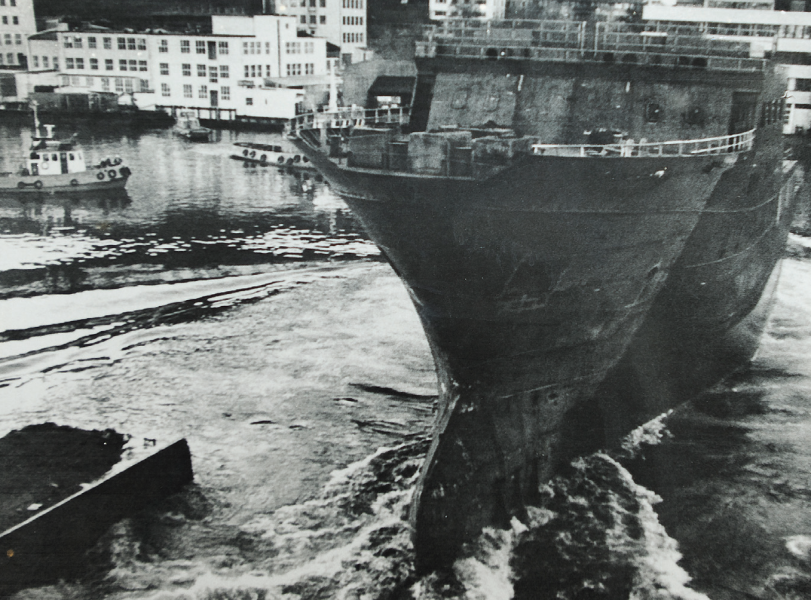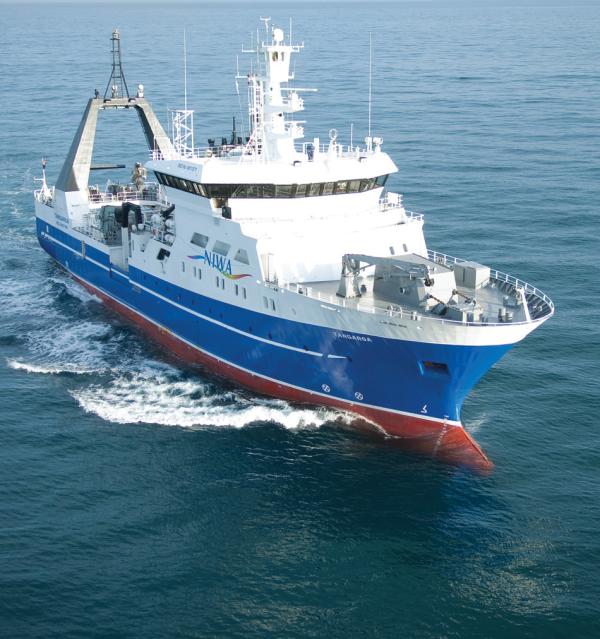1992: the year Charles and Diana split, Bill Clinton became US president, Hurricane Andrew belted Florida, world leaders gathered in Rio for the first Earth Summit and the National Institute of Water and Atmospheric Research was born a Crown Research Institute (CRI).
Drawn together under the Crown Research Institutes Act, the Department of Scientific and Industrial Research and parts of the New Zealand Meteorological Service became affectionately known as NIWA. In 1995, the Fisheries Research Division of the former Ministry of Agriculture and Fisheries also came on board.
Two decades on, 158 founding staff are still with the company today.
That strong institutional knowledge, says NIWA Chief Executive, John Morgan, is a rare commodity now. "In a world where typical staff tenure with employers is now under five years, we're truly fortunate to have 25 per cent of our people with over 20 years' service and experience in the company."
NIWA was born out of a major restructure of the science sector in the early 1990s, led by the then Minister of Research, Science and Technology, Simon Upton. In all, 10 CRIs were established out of former government departments, including HortResearch, Crop and Food Research, AgResearch, ESR, Scion, GNS, IRL and NIWA.
Since 1992, NIWA has employed more than 1500 people. It now has around 650 staff spread across 15 New Zealand locations, assets of $130 million, annual revenues of approximately $120 million and an international reputation as an environmental science and research organisation.
A long-server himself, NIWA's General Manager of Research, Dr Rob Murdoch, joined one of NIWA's predecessors in 1985. He says demand for NIWA's science has continued to grow over the last two decades.
"The issues we are working on – like climate change, making greater use of our natural resources, sustainable fisheries, natural hazards, biosecurity, water quality and allocation – are some of the most pressing concerns for New Zealand. We have the expertise and kit to help address those issues, so demand for our work is greater than ever."
Some of the company's proudest achievements, says Murdoch, include developing hapuku and kingfish culture for the aquaculture industry, 50 years of observations at the Lauder atmospheric research station, completing nine voyages of discovery to the Antarctic on NIWA research vessel Tangaroa, completing a full inventory of New Zealand's biodiversity, creating the first stock assessment model for Antarctic toothfish in the Ross Sea, developing the national river classification system and making significant contributions to the Intergovernmental Panel on Climate Change.
"What is so satisfying about this work is that we're not only helping New Zealand, but also making a huge contribution to the wider international scientific community," says Murdoch. "Two decades on, the international science reputation we've built up is something we are immensely proud of."
Find out more about our work eveloping hapuku and kingfish culture for aquaculture
Find out more about our Lauder atmospheric research station
Find out more about the New Zealand Inventory of Biodiversity
Find out more about the Ross Sea toothfish fishery


